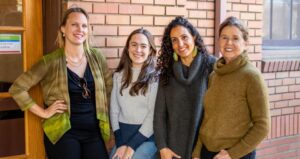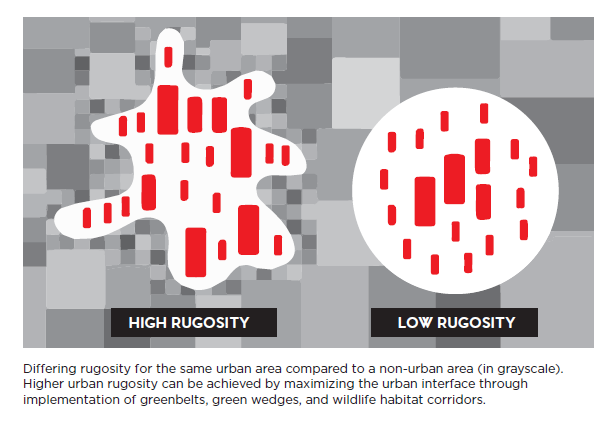Dr. Brinkley’s research has been covered with policy briefs, op-eds and interviews in venues such as CityLab, National Public Radio, and the Sacramento Bee. Please reach out via email if you would like to schedule an interview: ckbrinkley (at) uc davis.edu
Food justice docuseries with the Italian-based Will Media in partnership with FoodUnfolded, EIT food, and the European Union, 2023
Basic Income Lowers Depression. Sacramento Bee October, 23, 2023
KCBS San Fransisco interviewed Dr. Brinkley to discuss “How where you live can affect your health“, August 29, 2023
“What can cities do to correct racism?”, The Conversation, August 29, 2023
Planning Theory interview with Dr. Brinkey about the “Tragedy of the Commons in Planning” May 30, 2023
Dr. Brinkley interviewed on Dr. Sean Carroll’s Mindscape: Science, Society, Philosophy, Culture, Arts, and Ideas, 2022
How hungry is California? Millions struggle to eat well in an abundant state, CalMatters, 2023
Yolo county’s Basic Income Program- and its public health benefits: “Her daughter was killed, her son was taken away. This new Yolo program found her a new home” Sacramento Bee, 2023
“Growing calls to legalize U.S. street vendors post pandemic” Thomas Reuters Foundation, 2021
“Taking it to the Street: Food Vending During and After COVID” The Conversation, 2021
“How the Sacramento Region Plans to End Food Insecurity” The Sacramento Bee, 2021
“Food insecurity in Sacramento” CapRadio, 2021
“Entendu / Entretien : Les villes comme récifs coralliens et entités rugueuses : penser un autre modèle urbain pour favoriser le lien entre ville et agriculture”, Urbanités, février 2021, en ligne.
“How pandemics have changed American cities – often for the better” The Conversation, 2020
“Civic Innovation During Pandemics” WORT FM, March, 2020
“One Health” The Implications Podcast 2020
“Repackaging Food Ideas: Davis sets ambitious goals for the future of its food system” Comstock’s, 2020

Catherine Brinkley, Grace Perry, Deema Tamimi and Ann Evans co-authored the “Food and Economic Development (FED) in Davis” report.
“Community Energy” National Public Radio January, 2019
“Why community-owned grocery stores like co-ops are the best recipe for revitalizing food deserts” The Conversation, 2019
The articles featured in this column often provide teachable moments, and this column is no exception. The Brinkley article contains a quantitative analysis that uses a series of development-related variables — including the urban population, population growth, housing stress, farmland acreage, community-supported agricultural sales, and 43 variables representing individual states (with so-called dummy variables, either zero or one) — to explain the urban area perimeter (miles of urban-rural interface) of each county.
Brinkley’s article blazes a new trail in its challenge to the dominant theory in urban economics: the monocentric city model. As a measure of urban development, rugosity offers the best of both the monocentric- and the polycentric-city models because it is elegantly simple to calculate and use, but still encompasses the complexity of polycentric development. These are big advantages, and because of them, I could see many planning agencies working measures of rugosity into regional land-use plans in the very near future.”
– Reid Ewing, “Research You Can Use: Reid Ewing considers rugosity.” The American Planning Association magazine Planning Jan 2019 issue.
“Backyard Poultry Regulations” CityLab, March 2018

